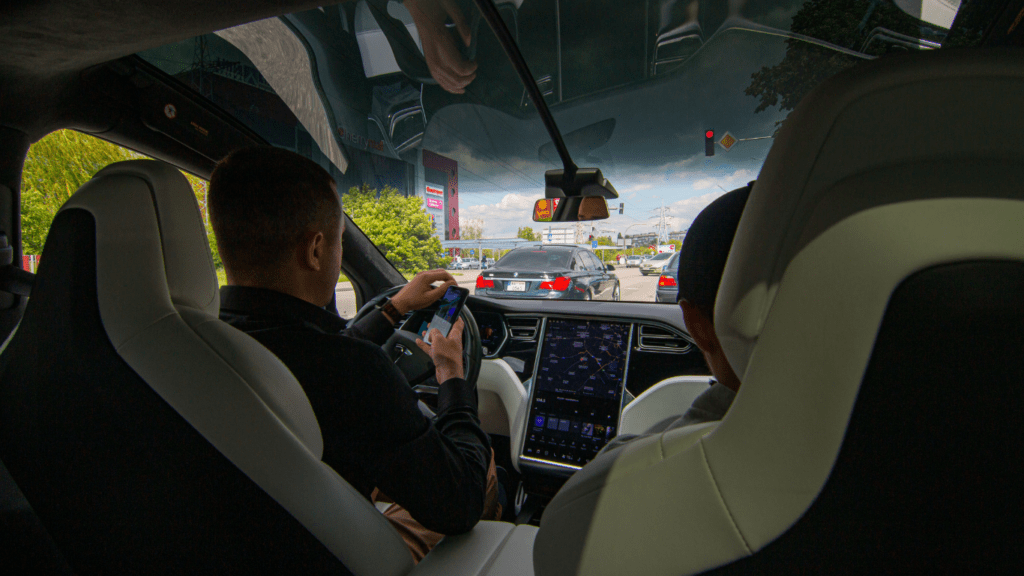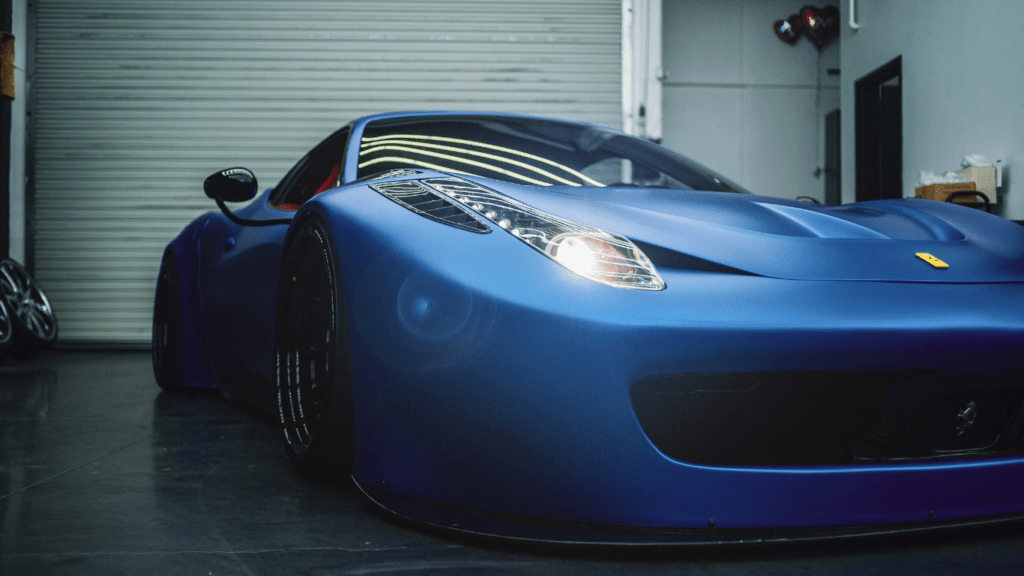Evolution of Car Design: Past to Present
Car design has transformed significantly over the years, influenced by technological advancements, cultural shifts, and consumer demands.
In the early 20th century, car designs were utilitarian, prioritizing function over form. For example, the Ford Model T, introduced in 1908, focused on affordability and ease of manufacture.
In the mid-20th century, the design philosophy shifted towards aesthetics and performance.
The 1950s saw the rise of tailfins and chrome treatments, epitomized by models like the 1957 Chevrolet Bel Air.
The muscle car era of the 1960s and 1970s, exemplified by the Ford Mustang and Chevrolet Camaro, emphasized power and speed.
The late 20th century brought aerodynamic designs and fuel efficiency into focus. Cars like the 1982 Ford Sierra showcased smoother lines and improved performance.
The 1990s and early 2000s saw the integration of advanced electronics and safety features, as demonstrated by the 1997 Mercedes-Benz S-Class, which introduced innovations like Electronic Stability Program (ESP).
Today, car design balances functionality and aesthetics, with an increasing emphasis on sustainability.
Electric vehicles (EVs) and hybrid models are becoming mainstream, featuring sleek, aerodynamic shapes for enhanced efficiency.
Autonomous driving technology is inspiring new designs that accommodate sensors and cameras while maintaining a futuristic look, as seen in vehicles like the Tesla Model S.
Throughout this evolution, car design has continuously adapted to meet changing technological landscapes, societal needs, and consumer preferences.
This dynamic interplay between form, function, and innovation remains at the forefront as we look ahead to the next decade in automotive design.
Top Trends in Car Design for the Next Decade
Car designs in the next decade are set to witness revolutionary changes, driven by advancements in technology and a heightened focus on sustainability.
Three major trends are emerging as the most impactful: electrification and hybrid models, autonomous driving technology, and the use of eco-friendly materials.
Electrification and Hybrid Models
Electrification is transforming the automotive industry. Most new models in the next decade will likely be fully electric or hybrid. Electric vehicles (EVs) offer benefits like reduced emissions and lower operating costs.
For instance, the Tesla Model 3 and the Nissan Leaf showcase how electric propulsion and battery technology can deliver both performance and range.
Hybrid models, combining internal combustion engines with electric motors, provide a transition while infrastructure for EVs develops. The Toyota Prius remains a standout example of a successful hybrid.
Autonomous Driving Technology
Autonomous driving technology is another key trend. Many manufacturers are developing vehicles with advanced driver-assistance systems (ADAS).
These systems use sensors, cameras, and artificial intelligence to enable self-driving capabilities.
For example, Waymo is testing fully autonomous vehicles, while features like Tesla’s Autopilot offer partial automation.
These technologies promise increased safety and convenience, reshaping car interiors to facilitate entertainment and relaxation during commutes.
Sustainability and Eco-Friendly Materials
Sustainability is becoming a central focus in car design. Manufacturers are integrating eco-friendly materials into their vehicles. Sustainable materials include:
- recycled plastics
- natural fibers
- leather alternatives
The BMW i3, for instance, features interiors made from recycled and renewable materials.
Additionally, brands like Volvo aim to make their cars carbon-neutral by mid-decade. This trend aligns with global efforts to reduce environmental impact and promote greener practices in all industries.
Influence of Technology on Car Aesthetics and Functionality

Technological advancements play a crucial role in shaping both the aesthetics and functionality of modern vehicles.
Integration of AI and IoT
Artificial Intelligence (AI) and the Internet of Things (IoT) integrate seamlessly to enhance car design.
Autonomous vehicles, like Waymo’s cars, leverage AI for safe navigation and real-time decision-making. IoT enables cars to connect with other devices, improving user experience and vehicle performance.
Smart infotainment systems, in cars such as the Tesla Model S, offer personalized content and adaptive interfaces, seamlessly blending functionality with aesthetics.
Advanced Safety Features
Modern cars feature cutting-edge safety technologies. Advanced Driver Assistance Systems (ADAS) in vehicles like the Mercedes-Benz S-Class include:
- adaptive cruise control
- lane-keeping assist
- automated emergency braking
These systems use a mix of sensors and cameras to monitor driving conditions, ensuring safety without compromising design elegance.
Customizable digital dashboards and head-up displays allow for critical information to be presented efficiently, merging safety features with sleek, modern design.
The Future of Car Interiors
Innovations in car interiors are redefining comfort and functionality, aligning with technological advancements and consumer preferences.
Customization and Flexibility
- Interiors will see a rise in customizable features. Drivers expect personalization with adjustable seating positions, ambient lighting, and modular components.
- Many high-end models now offer configurable infotainment displays.
- Users can also select upholstery materials, with eco-friendly options like vegan leather and recycled fabrics gaining popularity.
- These choices not only enhance comfort but reflect individual tastes and sustainability concerns.
Digital Dashboards and Interactive Interfaces
Digital dashboards are transforming the driver’s experience. Traditional analog dials are being replaced by digital screens displaying real-time data.
For instance, the Audi Virtual Cockpit offers a high-resolution screen with customizable views. Interactive interfaces like touchscreens and voice-activated controls are becoming standard.
These systems integrate with smartphones, providing navigation, entertainment, and vehicle diagnostics seamlessly, enhancing both usability and safety.

